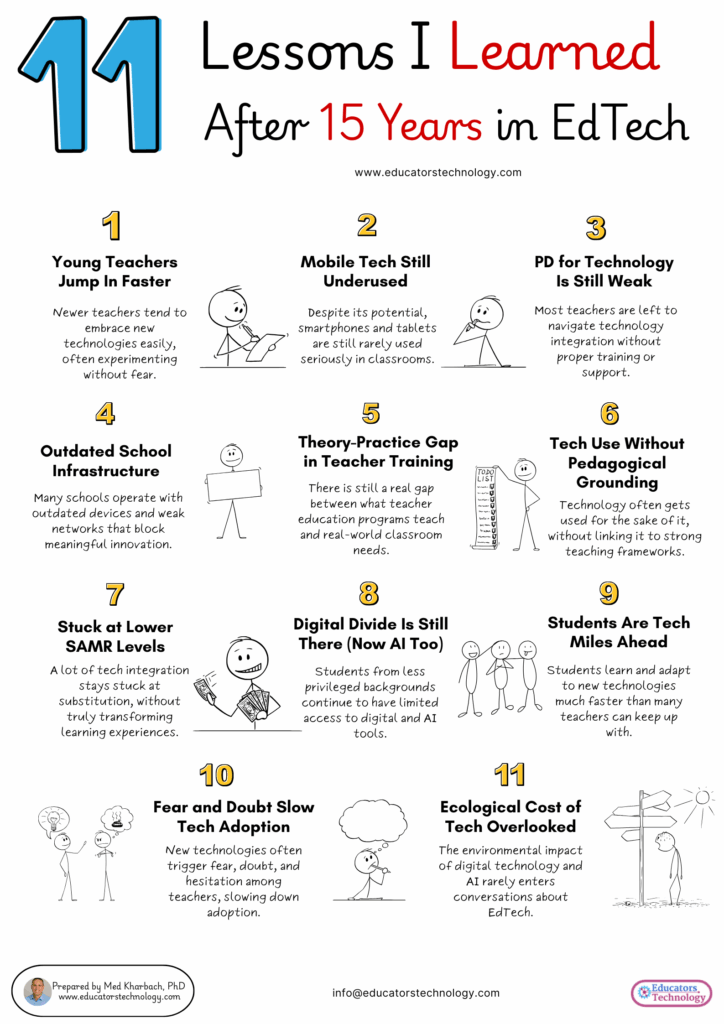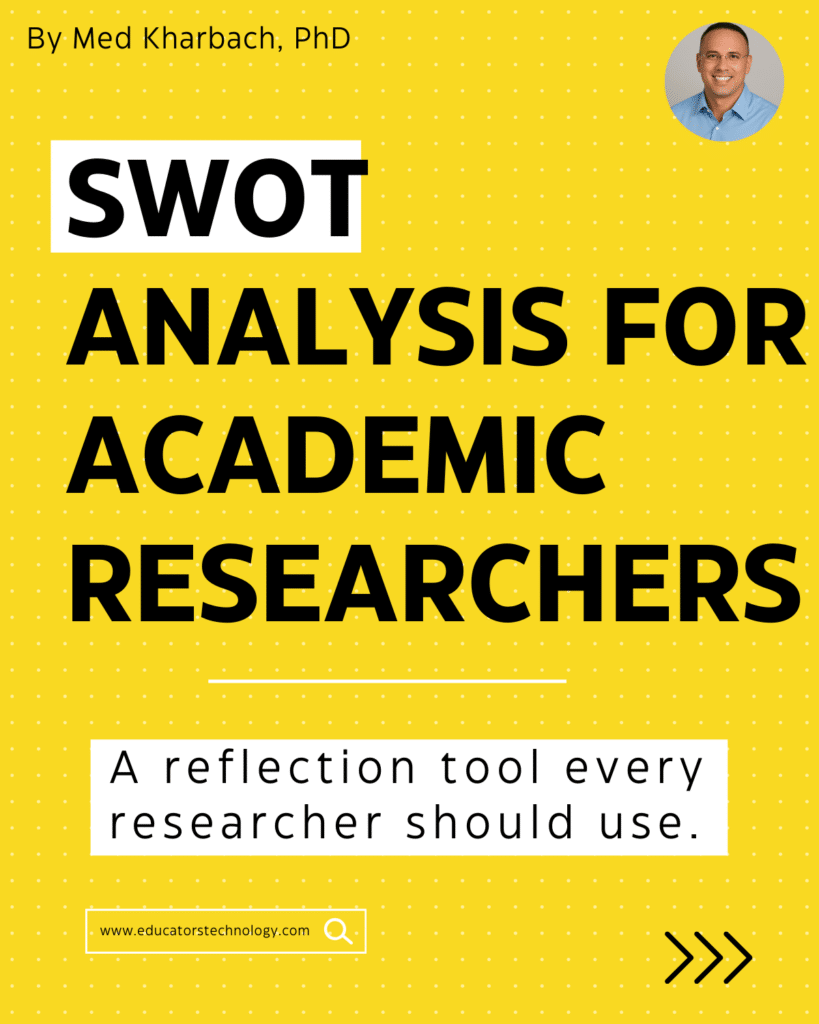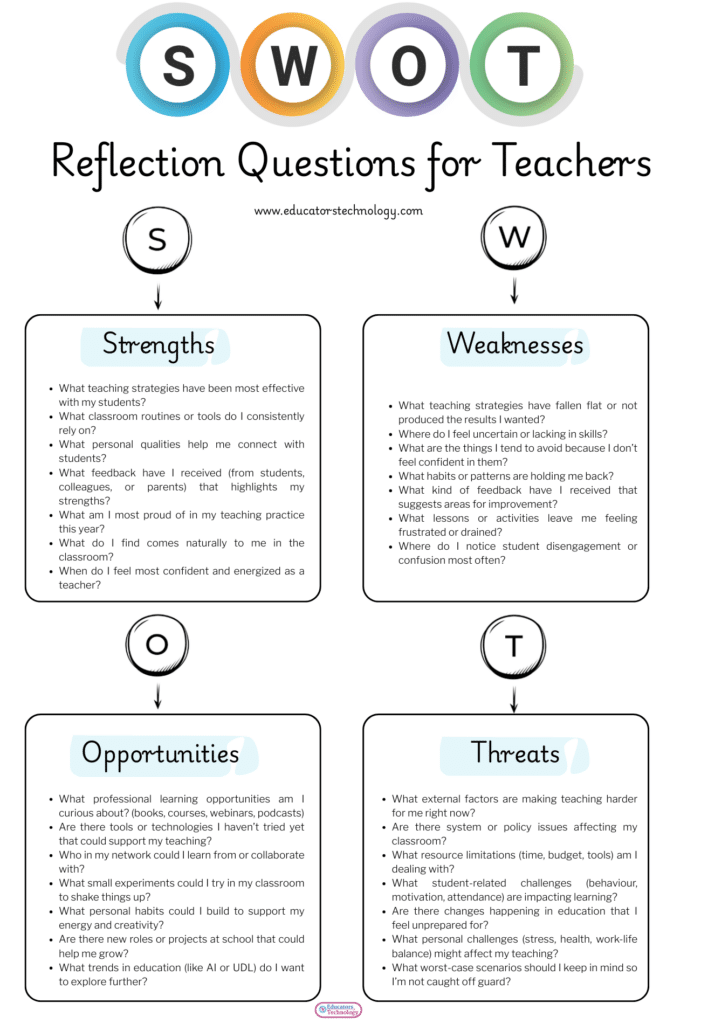I first set my feet inside a classroom as a teacher back in 2003, teaching English as a foreign language. After almost a decade of in-class teaching, I transitioned to higher education, earned my PhD, and the journey continues today, though much more as a researcher. Along the way, around 2011, I also started a…
Month: April 2025
Best Practices For Designing Engaging eLearning Newsletters
Effective eLearning newsletters need a clear purpose, consistent scheduling, and compelling subject lines. Mobile-friendly design with visual appeal drives engagement. This post was first published on eLearning Industry.
SWOT Analysis for Academic Researchers: A Practical Reflection Tool
After writing about the SWOT framework for teachers and exploring how educators can use it to reflect and grow, I started thinking — why not adapt the same framework for academic researchers like us? At the end of the day, SWOT is just a thinking tool. A simple heuristic to help you pause, reflect, and…
SWOT Analysis for Teachers: A Practical Framework for Reflection and Growth
SWOT (which stands for Strengths, Weaknesses, Opportunities, and Threats) is an analytic framework that was originally popularized in the world of business and entrepreneurship. Companies have been using it for decades to assess their performance, plan strategies, and navigate challenges. However, the value of SWOT goes far beyond business. In fact, I believe it can…
Bloom’s Taxonomy Is Old — But Its Lessons Are Timeless
Some ideas in education age well. Bloom’s Taxonomy is one of them. Originally developed in 1956 by Benjamin Bloom and his colleagues, Bloom’s Taxonomy was introduced as a framework to classify educational learning objectives. It outlined six levels of cognitive skills: Knowledge, Comprehension, Application, Analysis, Synthesis, and Evaluation. This model was intended to guide teachers…





